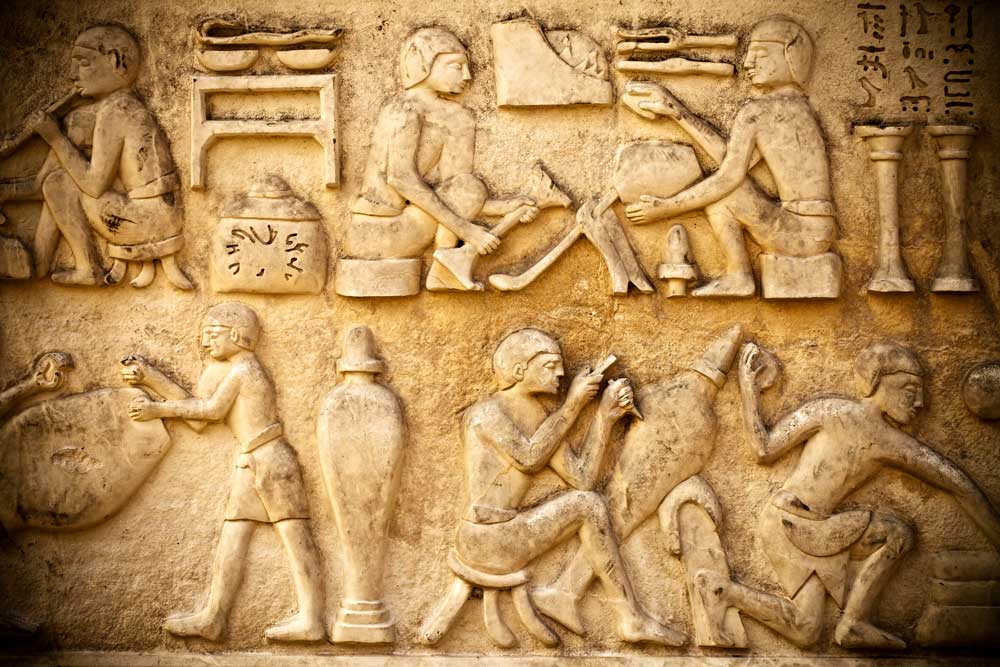Introduction
Livestock markets have played a pivotal role in shaping agricultural practices, economic systems, and societal structures across centuries. As a critical nexus for trade, they have facilitated the exchange of animals for food, labour, and raw materials, reflecting broader historical trends in human-animal interactions. This essay, written from the perspective of an Animal Science student, explores the historical evolution of livestock markets, focusing on their origins, development during key historical periods, and their modern implications. By examining these aspects, the essay aims to highlight the significance of livestock markets not only as economic hubs but also as indicators of agricultural and cultural change. The discussion draws on academic sources to provide a sound understanding of the topic, while acknowledging the limitations of a broad historical overview.
Origins and Early Development of Livestock Markets
The concept of livestock markets can be traced back to the advent of domestication around 10,000 BCE, when early human societies began trading animals such as cattle, sheep, and goats. These early exchanges were informal, often based on barter systems within or between nomadic and settled communities. According to Cronon (1991), the emergence of structured markets coincided with the rise of urban centres in ancient Mesopotamia and Egypt, where designated spaces for trading livestock became essential to meet the demands of growing populations. These early markets were not merely economic but also social spaces, fostering cultural exchanges and establishing early forms of regulation, such as agreed-upon values for different breeds. However, evidence on the precise mechanisms of these transactions remains limited, often inferred from archaeological findings rather than direct records.
Medieval and Early Modern Periods: Institutionalisation of Markets
By the medieval period in Europe, livestock markets became more institutionalised, often held in town squares or designated fairgrounds under the oversight of local authorities. In the UK, for instance, markets such as those in Smithfield, London, emerged as central hubs by the 12th century, driven by the need for meat and wool to support feudal economies (Thirsk, 1984). These markets reflected broader agricultural shifts, including the enclosure of common lands and the specialisation of breeds for specific purposes, such as dairy or meat production. Importantly, they also revealed social hierarchies, as wealthier landowners dominated trade while smaller farmers struggled to compete. While this period saw advancements in record-keeping and market regulation, sources often lack detailed accounts of smaller, regional markets, limiting a comprehensive understanding.
Industrialisation and Modern Livestock Markets
The Industrial Revolution marked a significant turning point for livestock markets, with technological advancements and urbanisation transforming their scale and operation. Railways enabled the long-distance transport of animals, expanding market reach and intensifying competition. However, this also raised concerns about animal welfare, as overcrowded transport conditions became prevalent (Cronon, 1991). In the UK, legislation such as the Cruelty to Animals Act of 1849 began addressing these issues, though enforcement was inconsistent. Today, livestock markets face further challenges, including ethical debates over intensive farming and the rise of online trading platforms. Indeed, the shift towards digital auctions reflects a broader trend of technological adaptation, though it arguably reduces the communal aspect of traditional markets.
Conclusion
In summary, the history of livestock markets illustrates their evolution from informal barter systems to complex economic institutions, shaped by societal, technological, and cultural changes. From ancient Mesopotamian trade to medieval European fairs and modern digital platforms, these markets have adapted to meet human needs while reflecting broader agricultural trends. This exploration, though limited by the availability of early historical data, underscores their enduring significance in Animal Science as a lens for understanding human-animal relationships. Looking forward, the challenge lies in balancing economic efficiency with ethical considerations, ensuring that livestock markets evolve sustainably in an increasingly globalised world.
References
- Cronon, W. (1991) Nature’s Metropolis: Chicago and the Great West. W.W. Norton & Company.
- Thirsk, J. (1984) The Agrarian History of England and Wales. Cambridge University Press.


